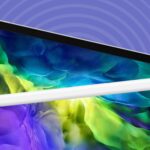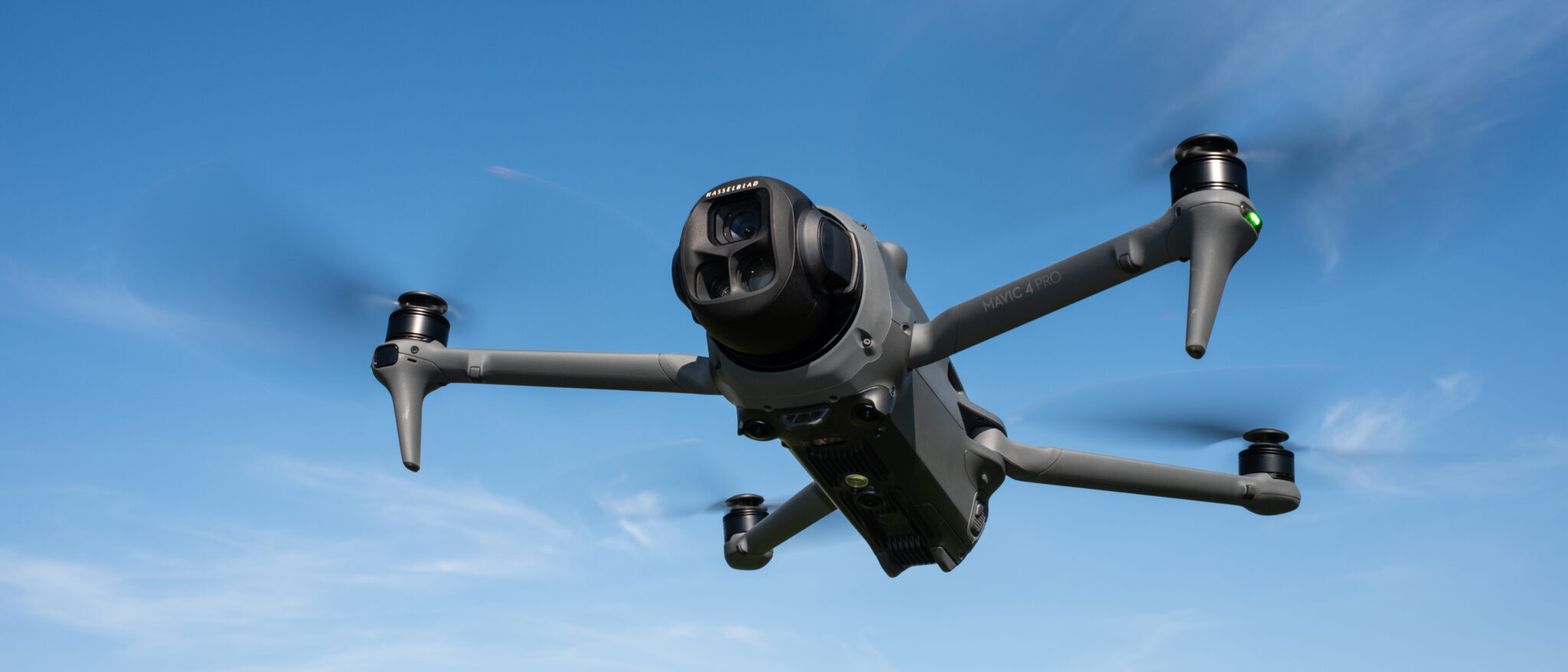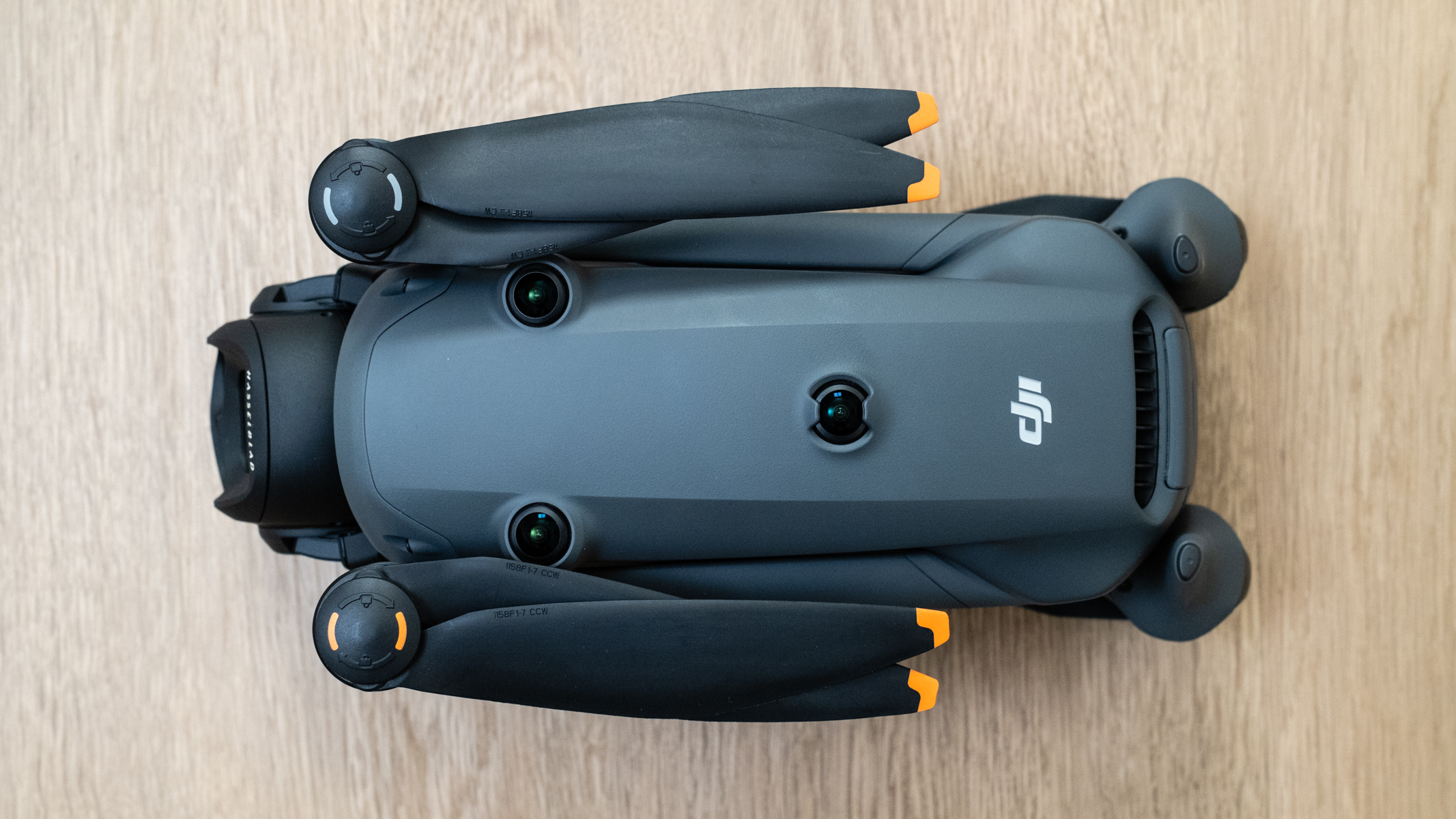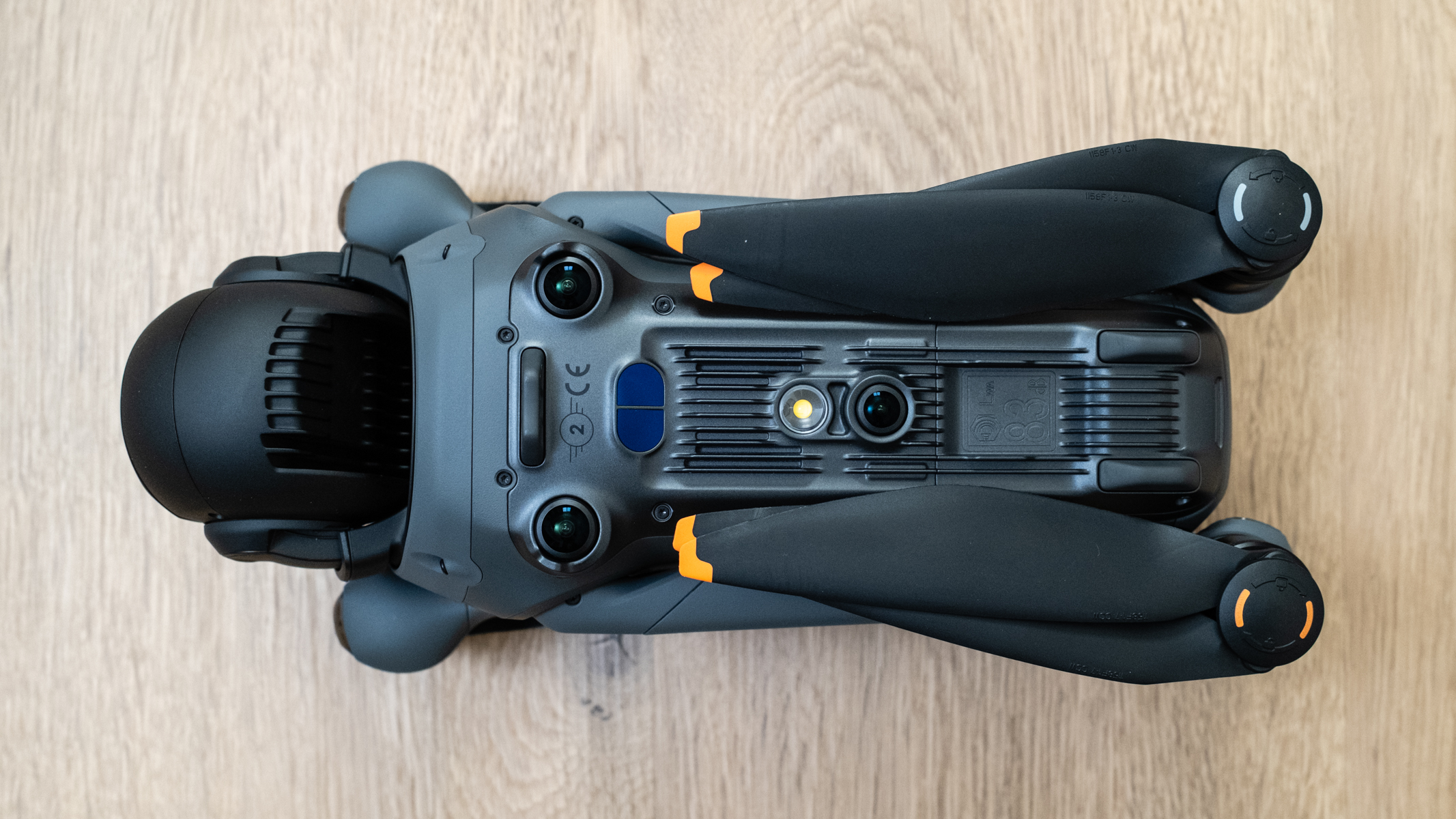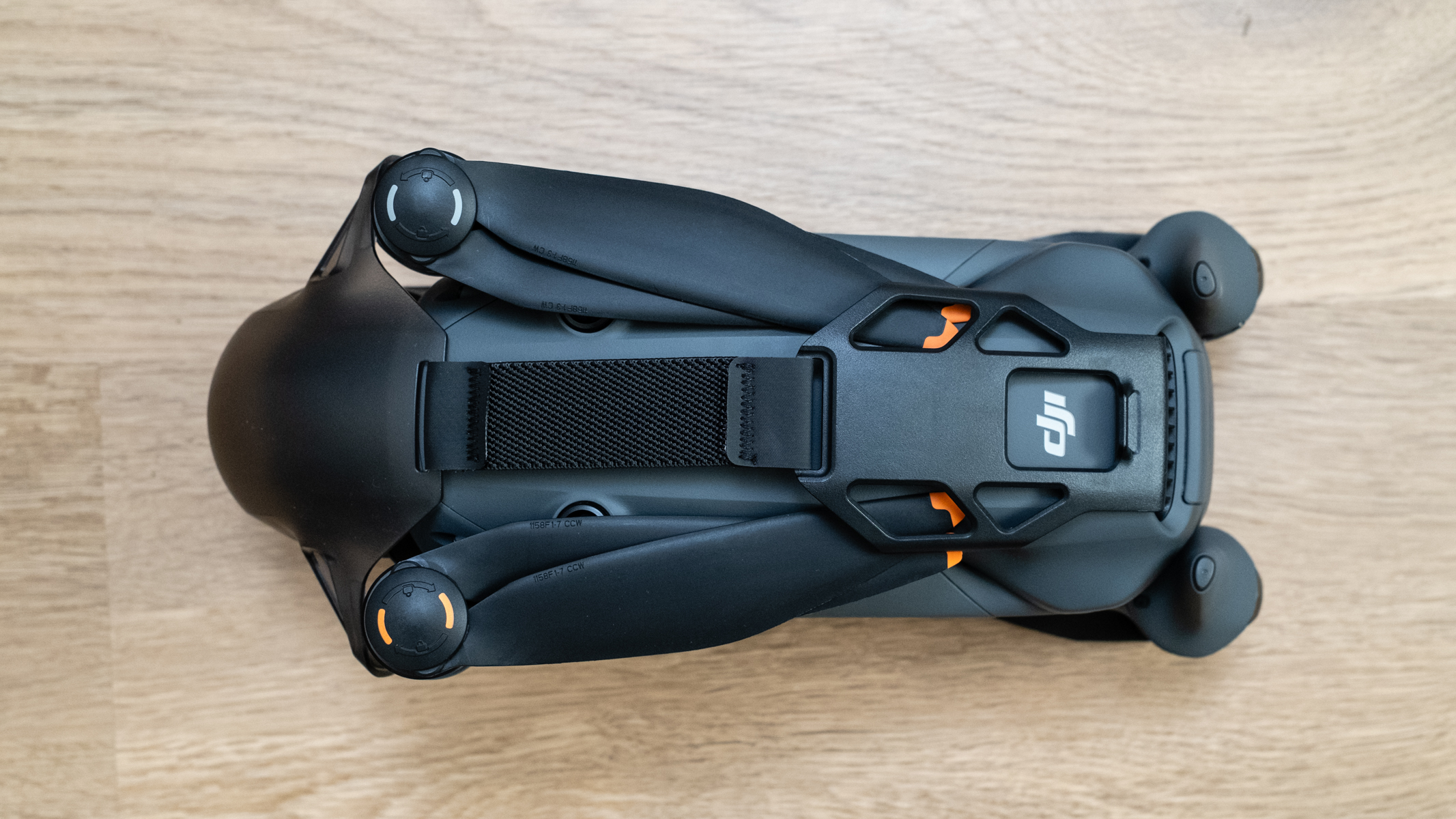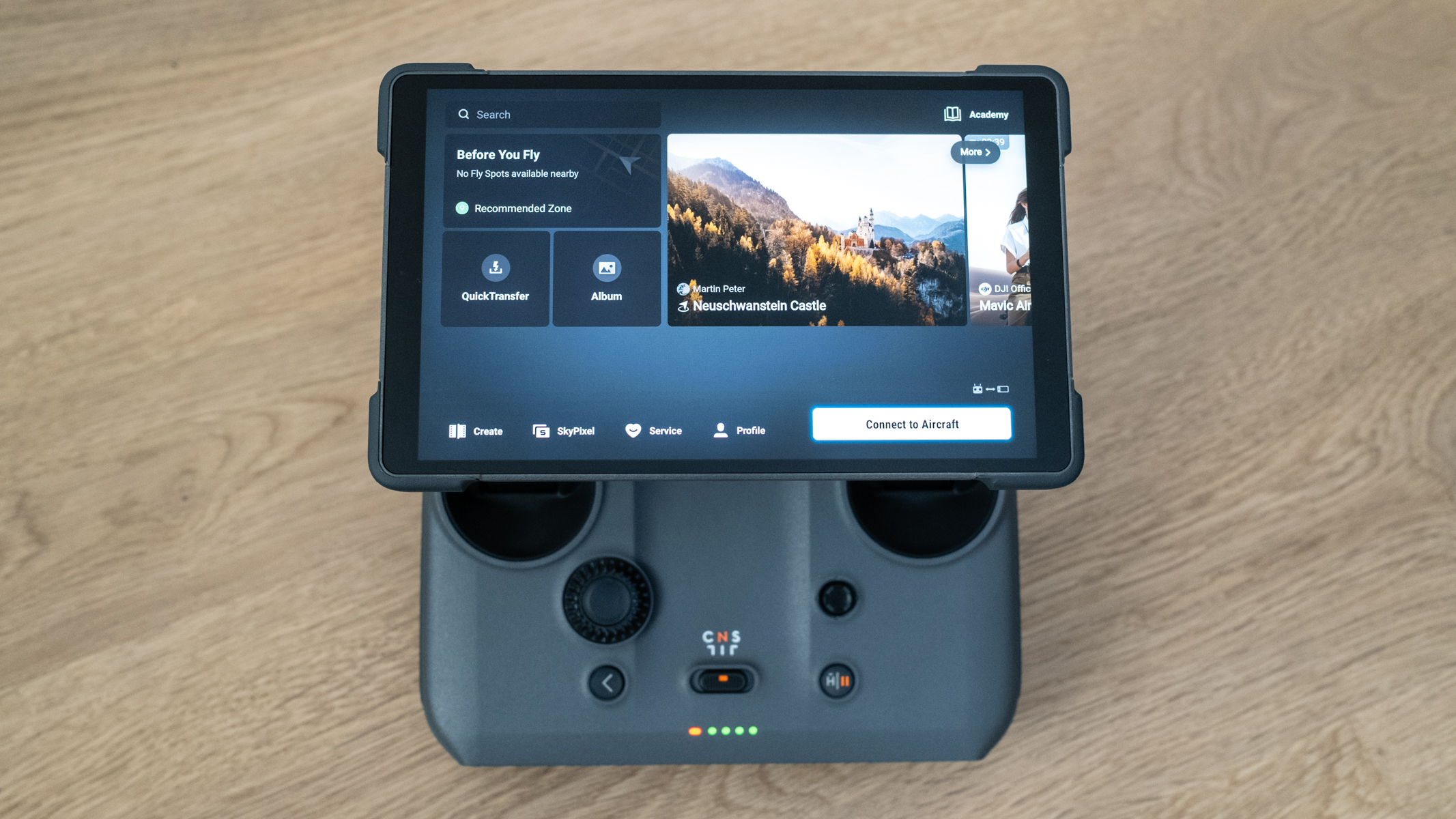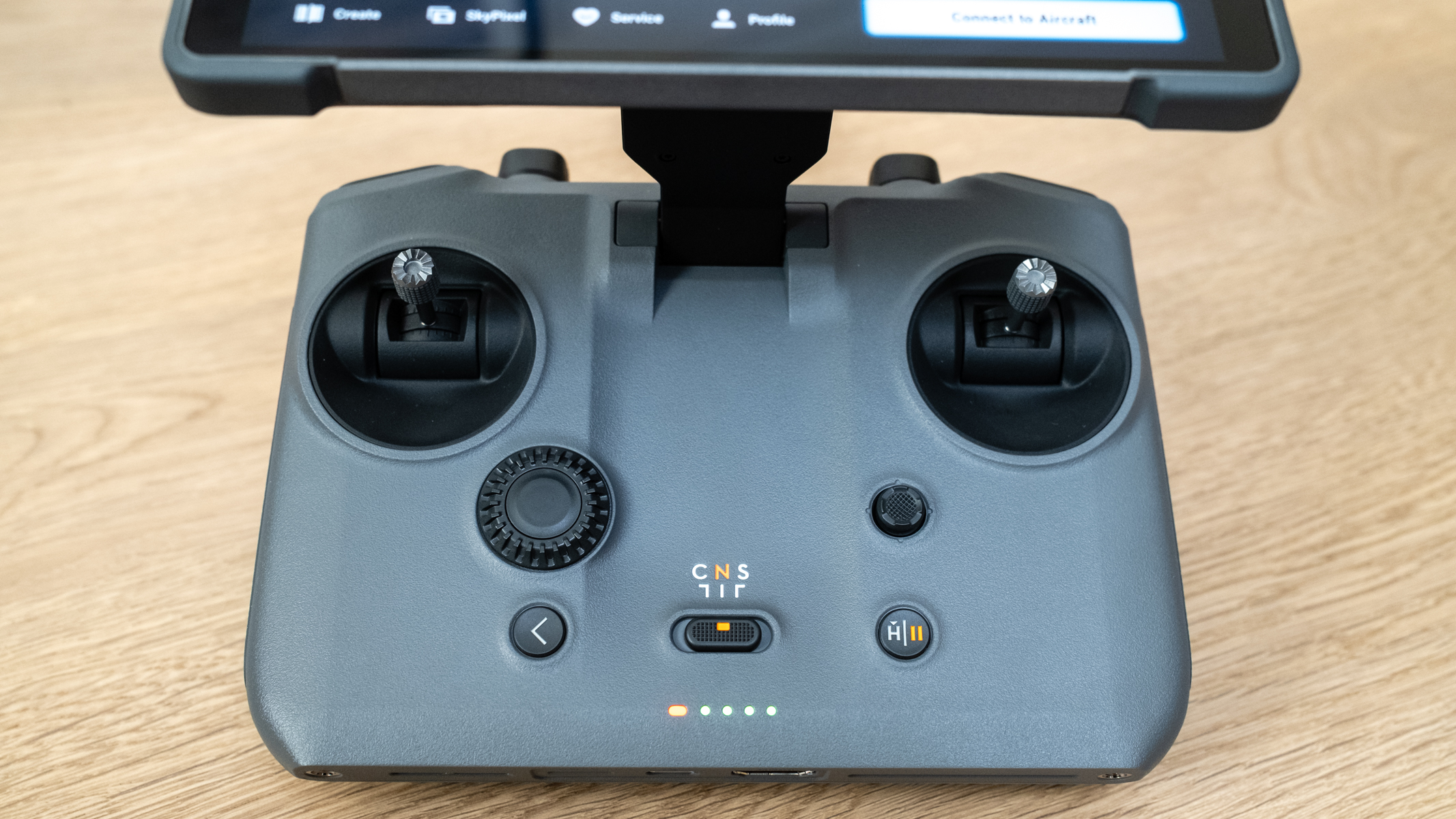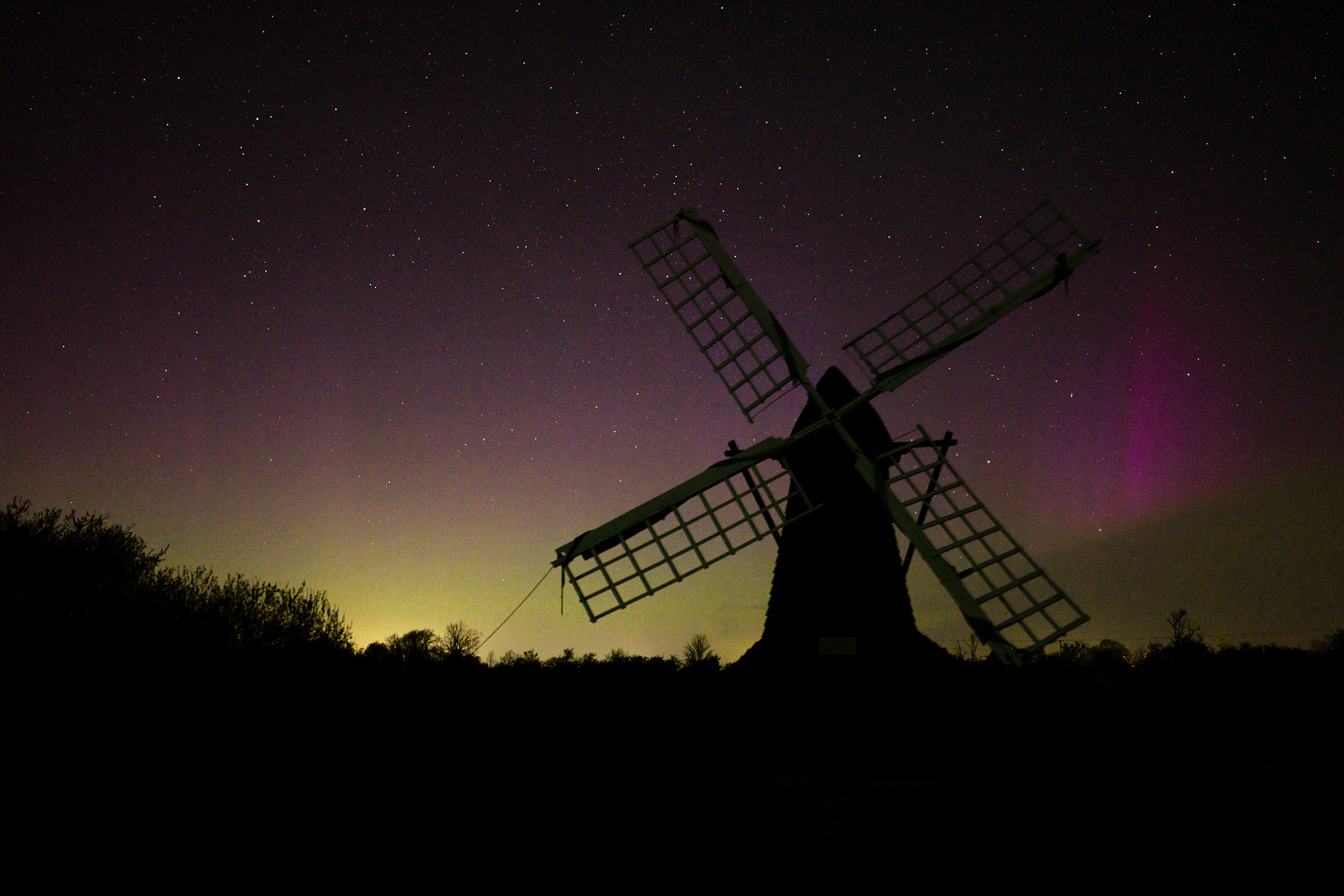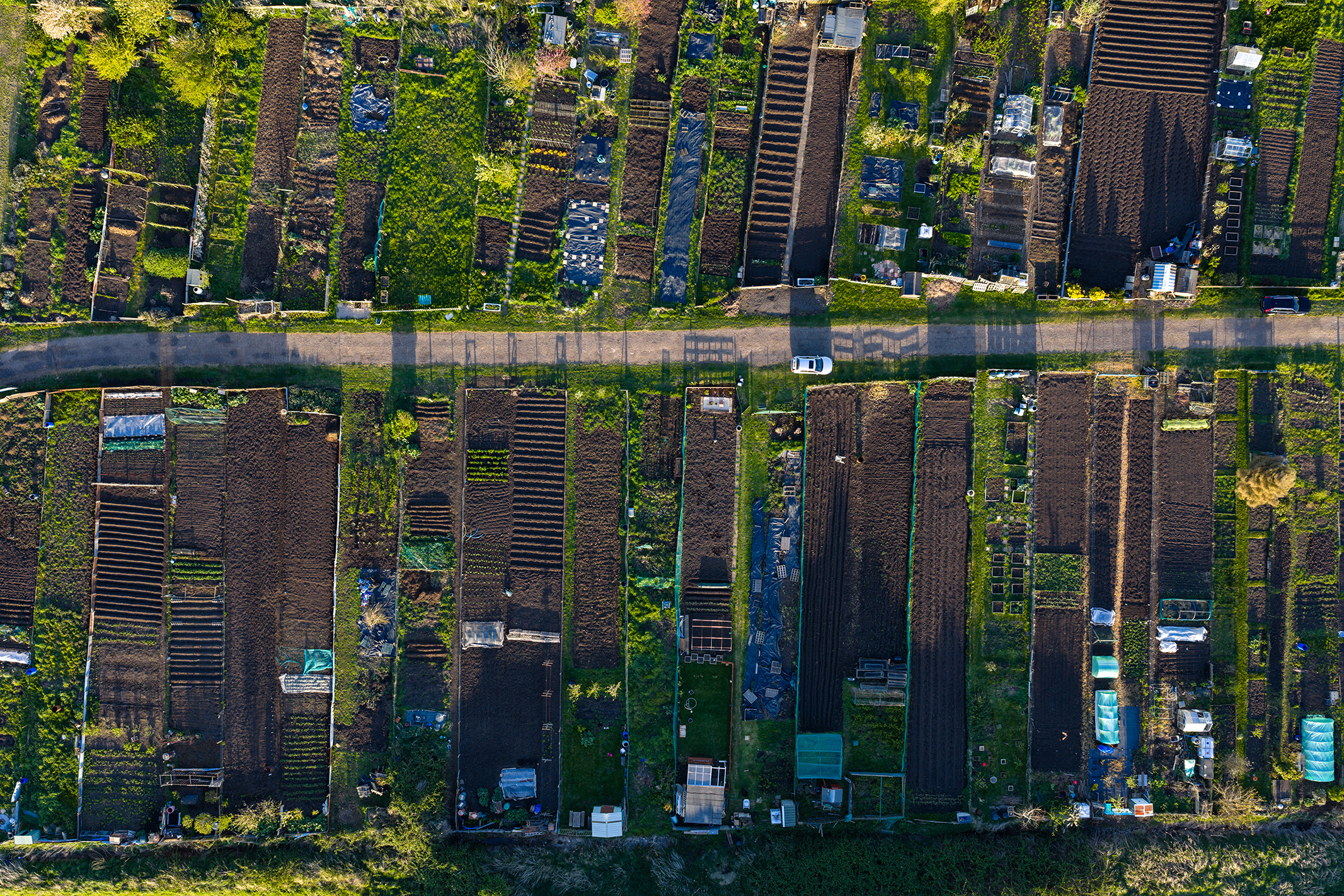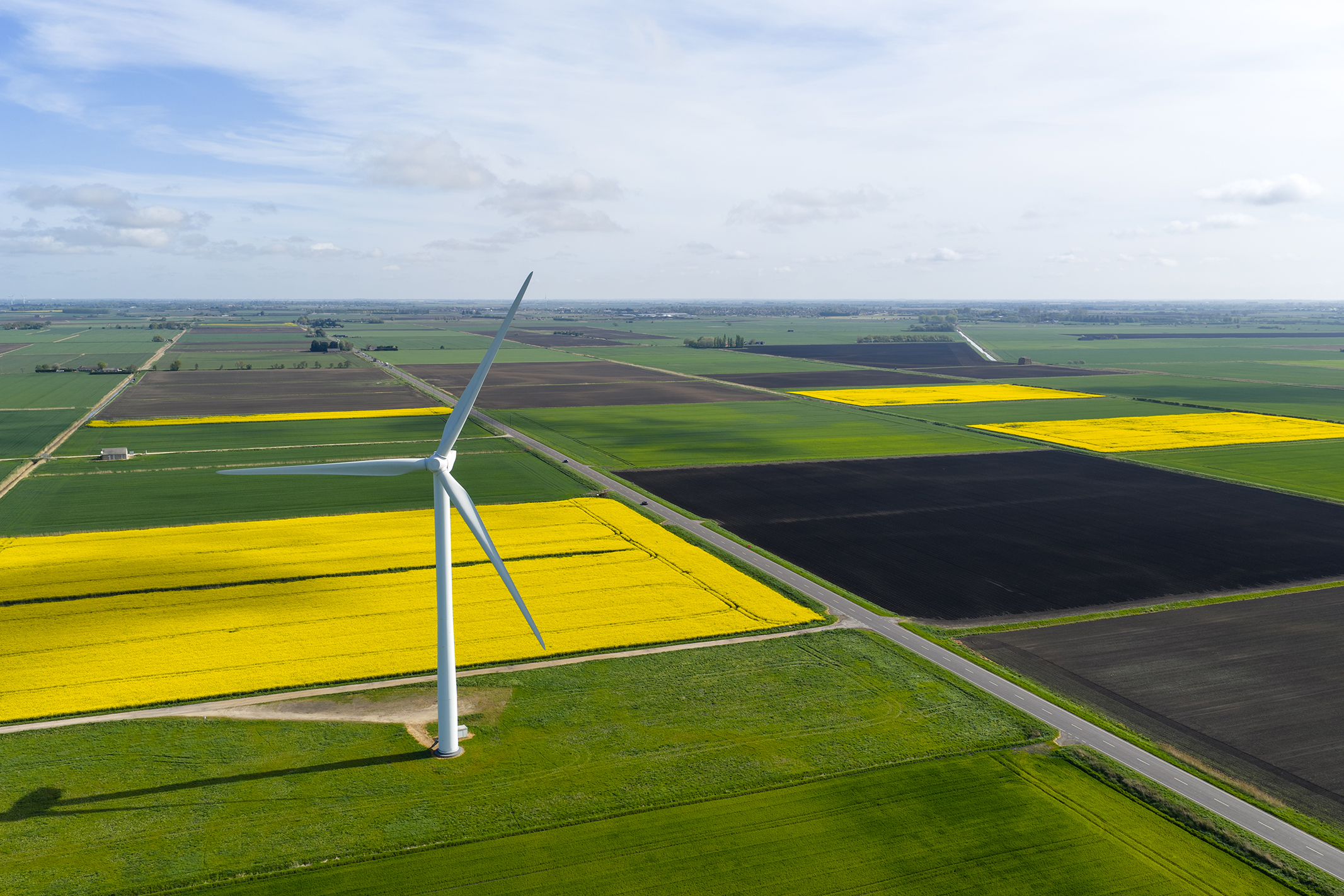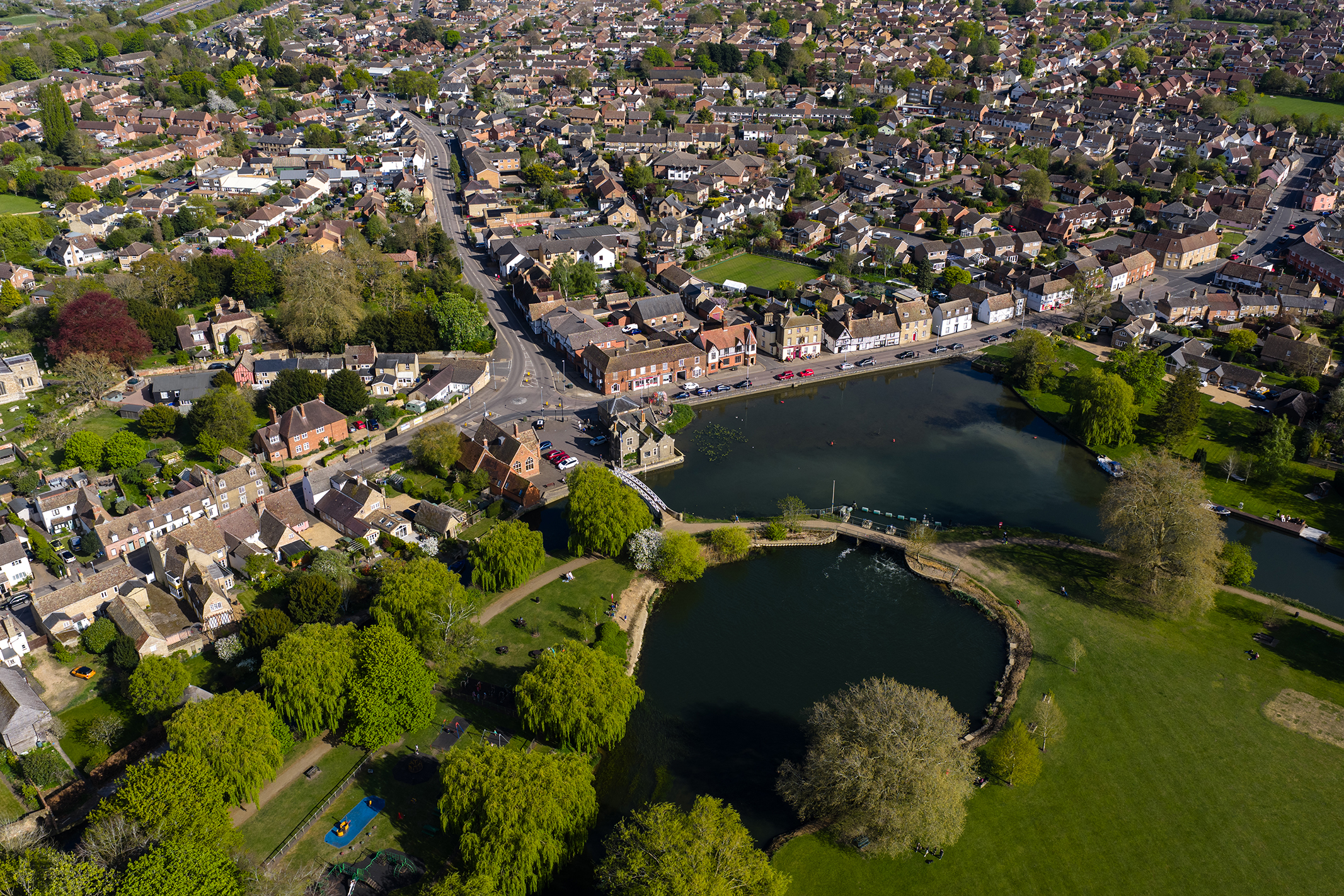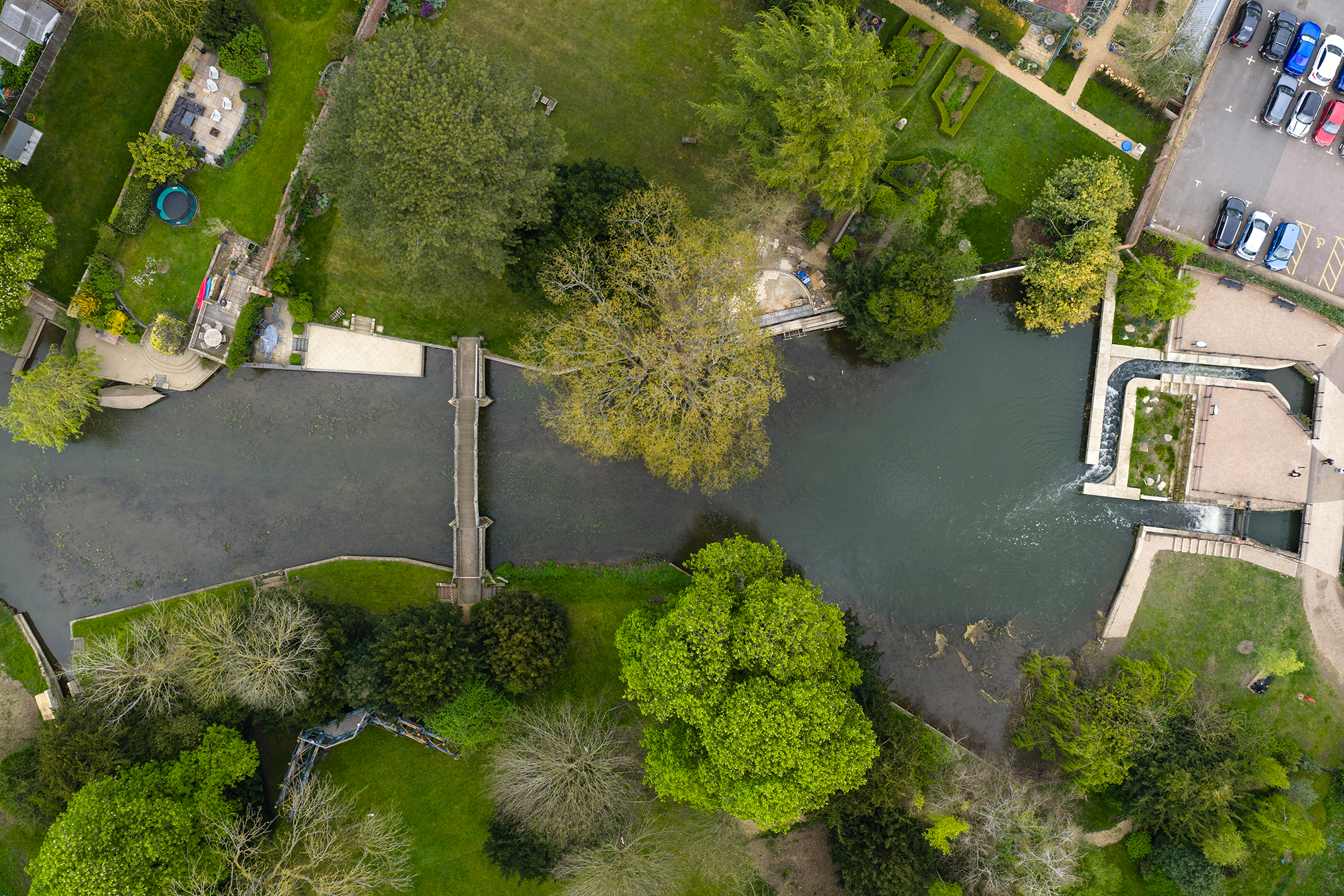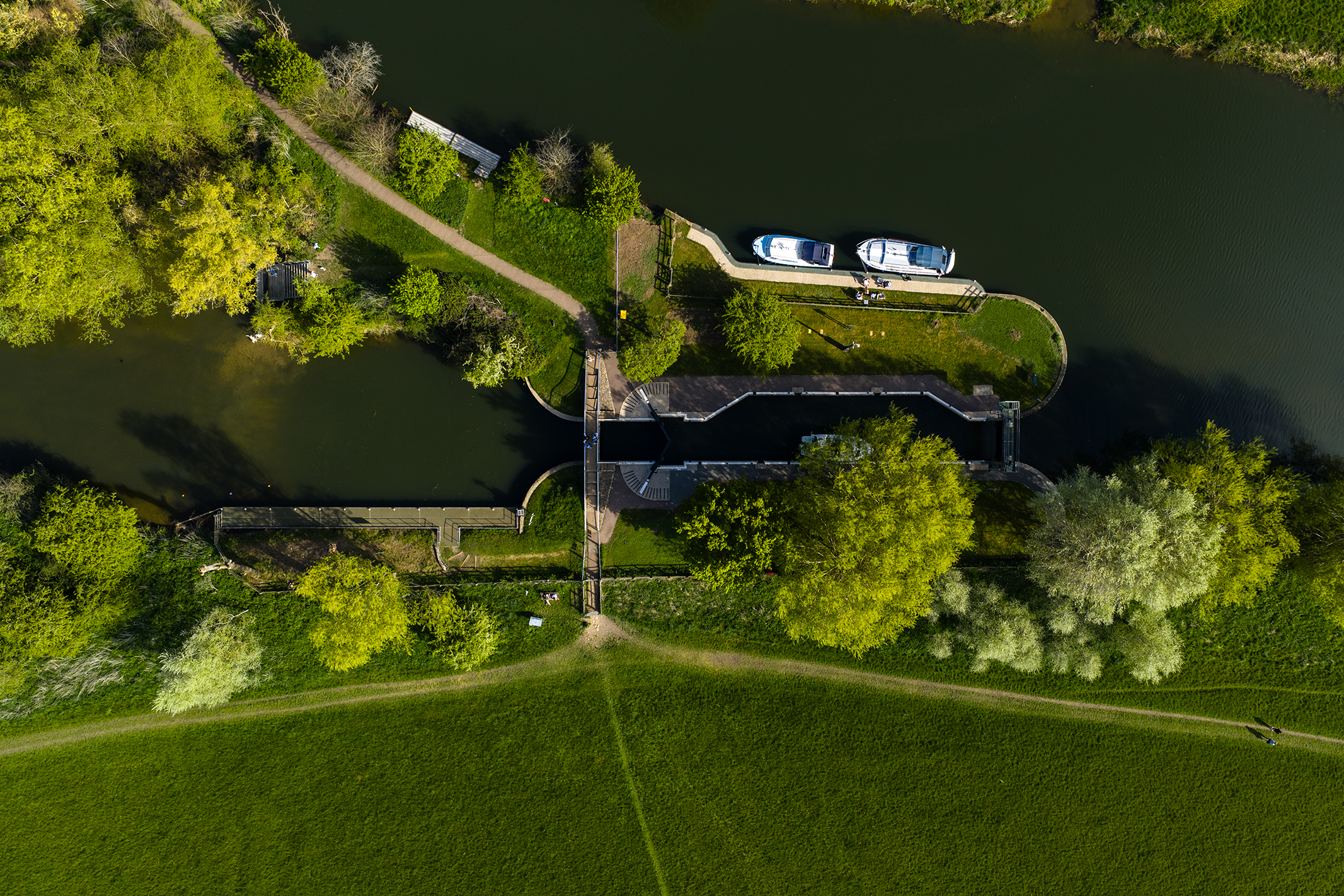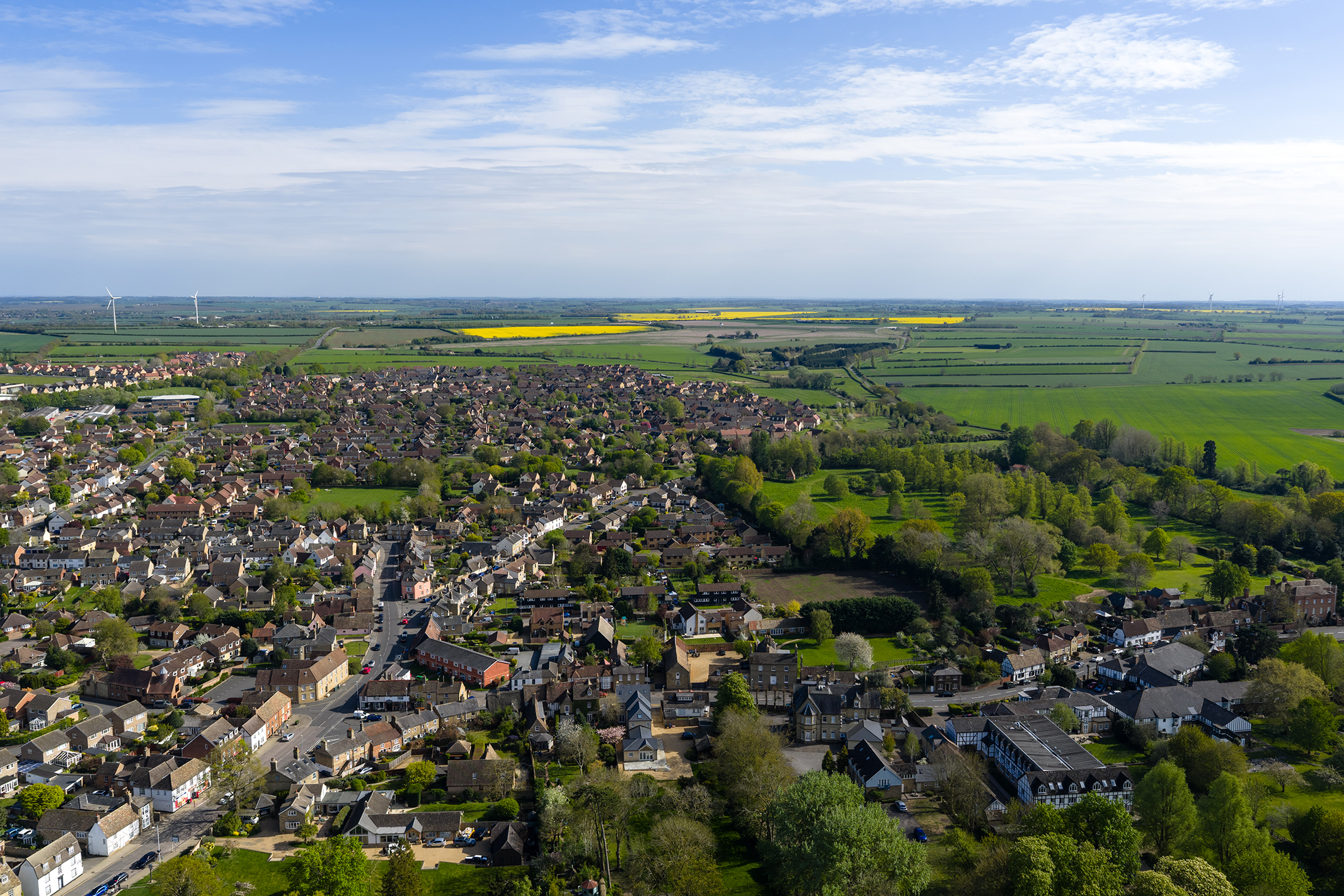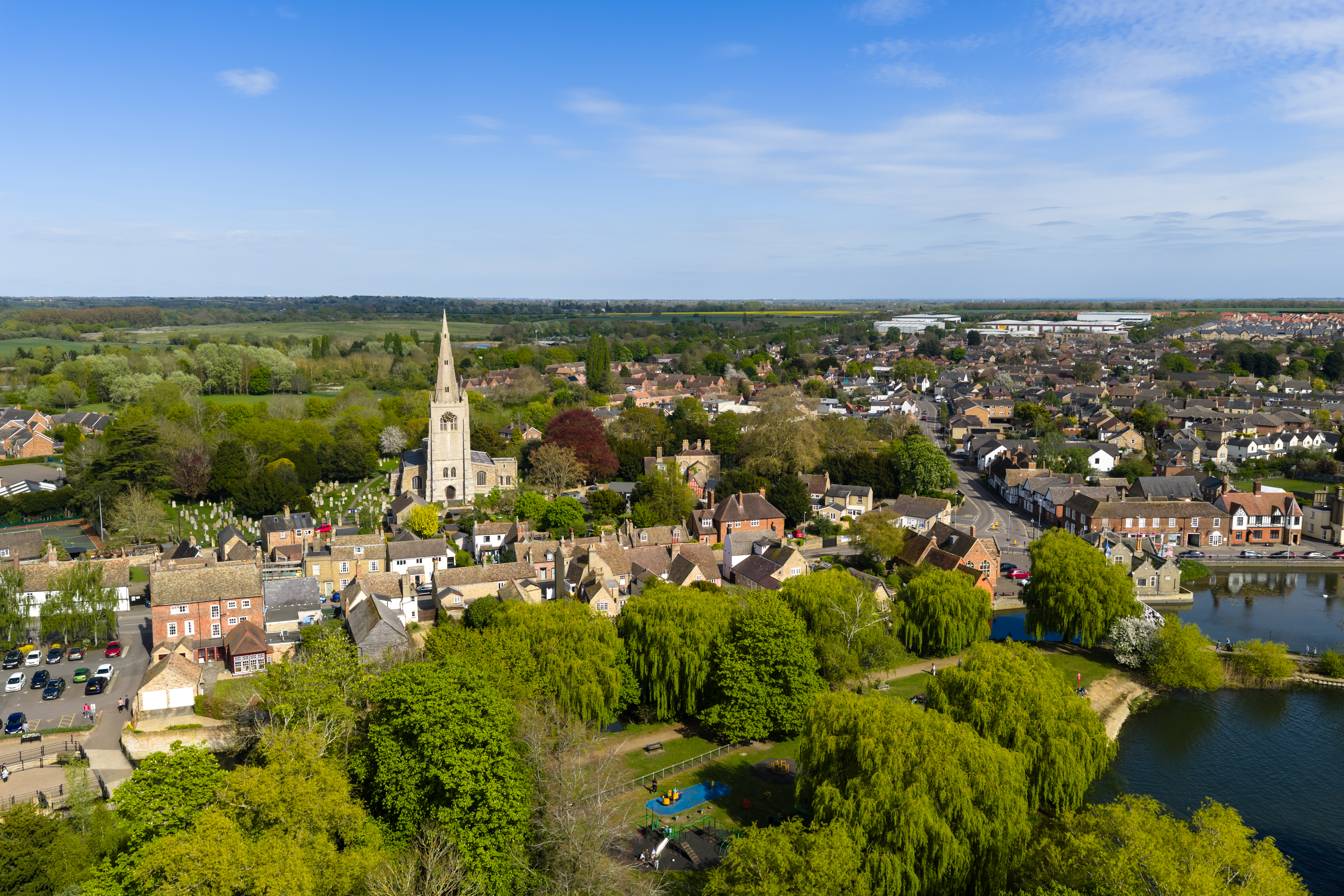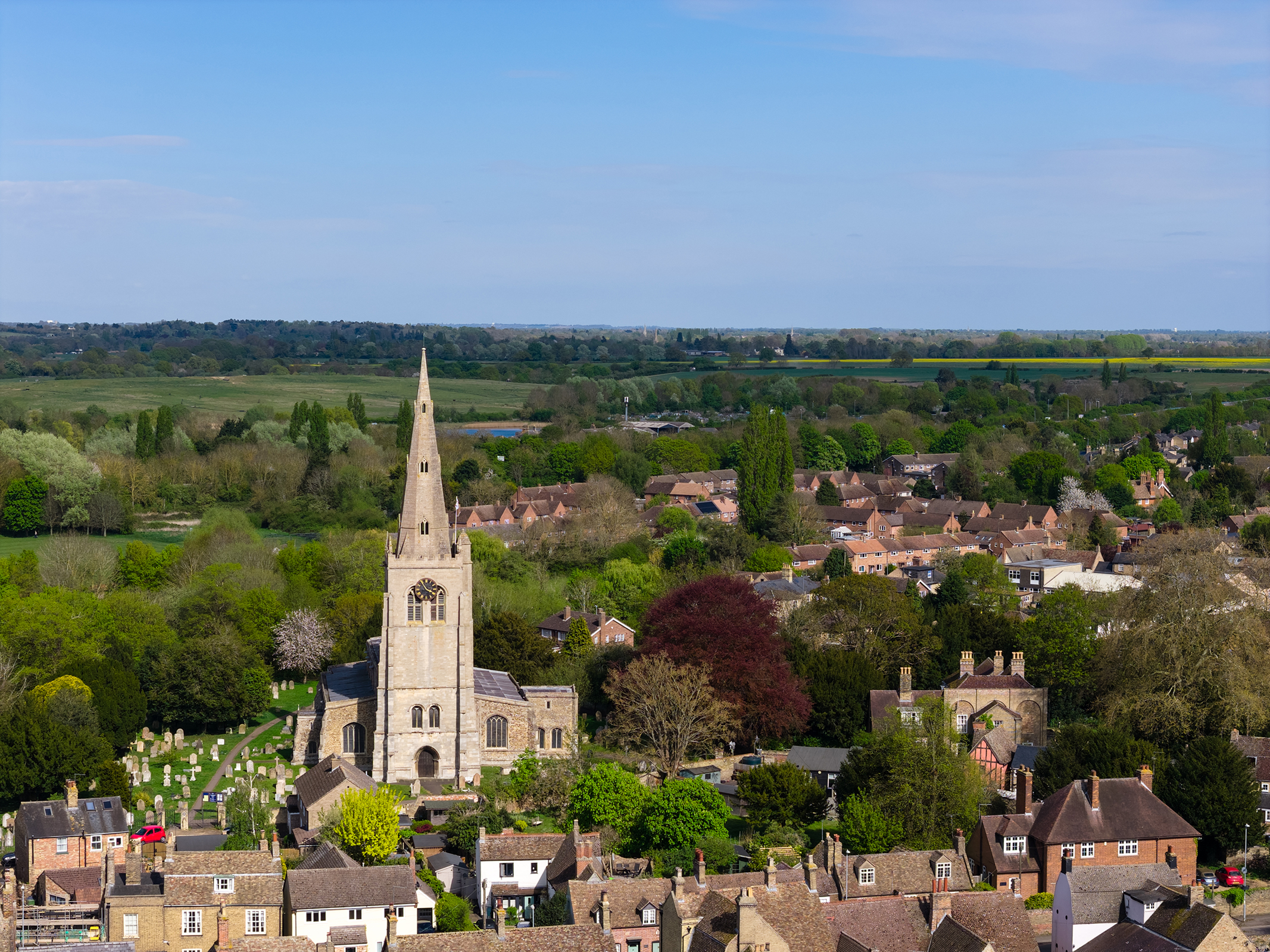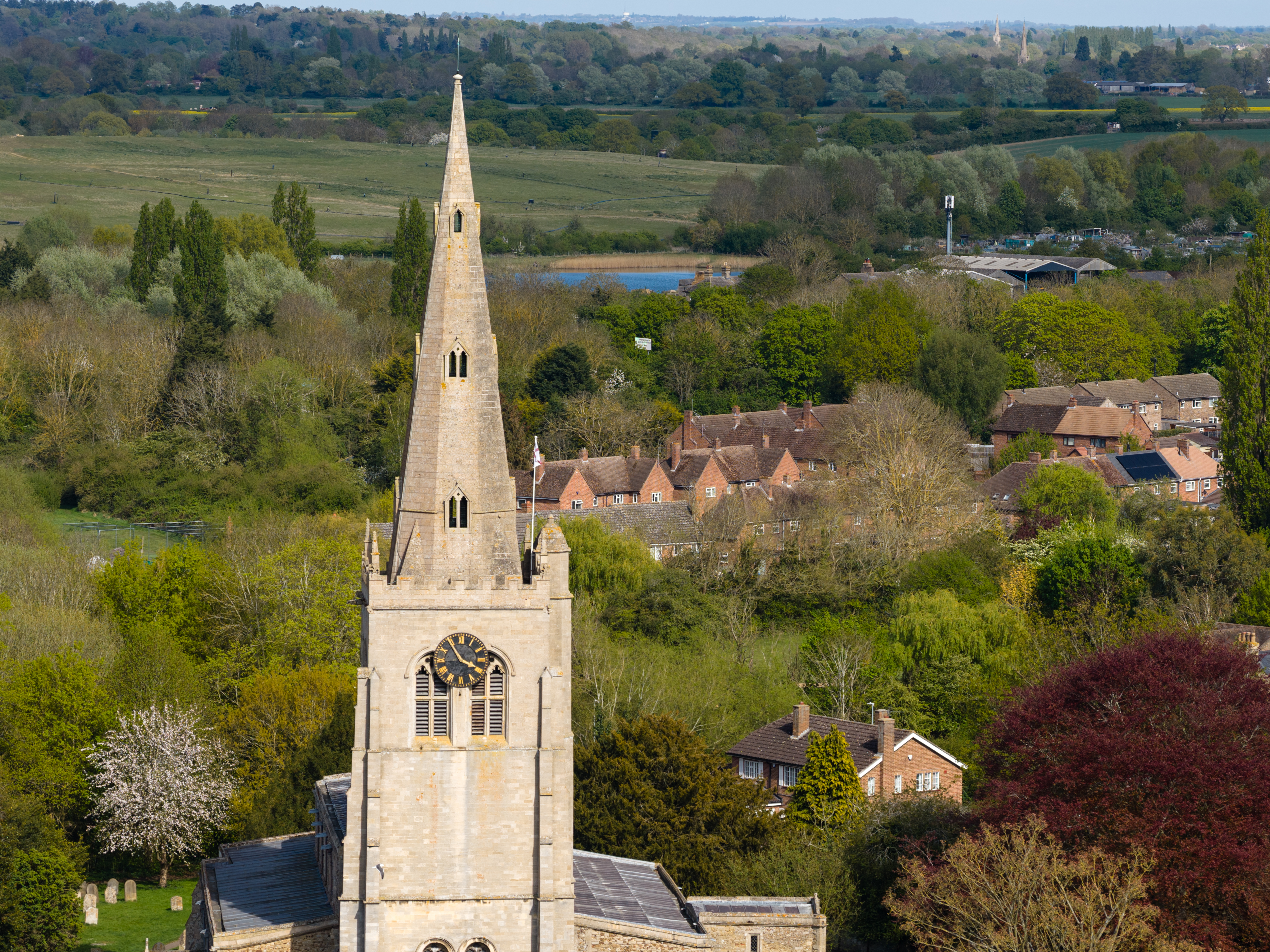Why you can trust TechRadar
We spend hours testing every product or service we review, so you can be sure you’re buying the best. Find out more about how we test.
DJI Mavic 4 Pro: one-minute review
I’ve flown and reviewed every DJI drone from the past 10-plus years, and I’m blown away on an almost yearly basis; and that’s the case once again with the DJI Mavic Pro 4, which sets a new benchmark for what’s possible with consumer and prosumer UAVs. The Mavic 4 Pro is, without a doubt, one of the best DJI drones you can buy.
The responsiveness of the controls and speed and smoothness of flight remind me more of the DJI Inspire 3 than the Mavic 3 Pro. Let’s not get carried away though; the Inspire 3 and Mavic 4 Pro are different in many ways, and the Mavic 4 Pro takes prosumer drones to a whole new level.
And this is all before we consider the three impressive cameras with true vertical shooting. That’s right – the gimbal rotates 90 degrees, which is a first for a drone with more than a single small camera and sensor, let alone one with a Four Thirds camera.
The Mavic Pro 4 camera offering is headed by a 28mm 4/3 camera with up to a 100MP resolution and an adjustable f/2-f/11 aperture. This is complemented by a 70mm camera with a 48MP 1/1.3-inch sensor, and a 168mm camera with a 50MP 1/1.5-inch sensor. Video is available up to 6K 60fps with the main camera, and up to 4K 120fps with the two telephotos.
DJI Mavic 4 Pro: release date and price
- Released on 13 May 2025
- Three kit options
- Prices start at $TBC / £1,879 / AU$3,099
The DJI Mavic 4 Pro was announced and released on 13 May 2025, and is available directly from DJI and authorized retailers. There are three kits, starting with the DJI Mavic 4 Pro (DJI RC 2), which costs £1,879 / AU$3,099; as mentioned, DJI has yet to confirm when or if the Mavic 4 Pro will be available in the US. This kit includes the Mavic 4 Pro, RC 2 smart controller, 64GB of internal storage, an Intelligent Flight Battery and accessories.
The DJI Mavic 4 Pro Fly More Combo costs £2,459 / AU$4,039. This includes all of the above plus two additional Intelligent Flight batteries, a DJI 100W USB-C Power Adapter, a Battery Charging Hub and a shoulder bag. In my opinion, this kit offers exceptional value for money.
The third and most high-end kit option is the DJI Mavic 4 Pro 512GB Creator Combo. This costs £3,209 / AU$5,359, and includes everything in the standard kit plus 512GB of internal storage, a 240W power adapter, two additional Intelligent Flight batteries, a Parallel Battery Charging Hub, a USB-C to USB-C High-Speed Data Cable and a Shoulder bag.
DJI Mavic 4 Pro: specs
|
Camera |
28mm 100MP 4/3 sensor / 70mm 48MP 1/1.3-inch sensor / 168mm 50MP 1/1.5-inch sensor |
|
Video resolution |
Up to 6K |
|
Frame rates |
6K up to 60fps / 4K up to 120fps / FHD up to 60fps / Vertical 4/3 up to 4K 60fps, Tele 2.7K up to 60fps |
|
Video transmission range |
18.6 miles (FCC) / 9.32 miles (CE, SRRC, MIC) |
|
Flight modes |
Sport, Normal, Cine |
|
Battery |
6654mAh / up to 51 minutes flight time |
|
Charger type |
USB-C / charging hub |
|
Weight |
2.34lbs / 1063g |
|
Dimensions |
10.14 x 4.91 x 4.07 inches / 257.6 x 124.8 x 103.4mm folded / 12.94 x 15.37 x 5.32 inches / 328.7 x 390.5 x 135.2mm unfolded |
DJI Mavic 4 Pro: design and handling
- Excellent design and build quality
- Impressive gimbal
- Great new controller
The DJI Mavic 4 Pro features the folding design we’ve become accustomed to, but the drone is slightly larger than the Mavic 3 Pro, with larger propellers. As a result, the Mavic 4 Pro is also slightly heavier than its predecessor at 2.34lbs / 1063g. In use, you don’t notice this, but the increase in speed, power, and maneuverability are noticeable.
The most obvious difference between this drone and the Mavic 3 Pro is the new camera and gimbal design. We get three cameras as before, but the camera housing is more spherical, with a more robust gimbal that supports upright shooting, with vertical movement of the camera available between -90 and 70 degrees.
This opens up new creative possibilities, and during testing I was able to capture the northern lights by flying at a low altitude and tilting the camera up to capture more of the night sky. Further enhancing creative convenience, the drone switches on automatically when you unfold the propeller arms, while the controller switches on when you raise the screen to reveal the controls beneath. The controller goes into sleep mode when closed, unless you switch it off first.
The new DJI RC 2 smart controller features a completely new design with an impressive 2000-nit 7-inch high-bright Mini-LED display. This can be rotated 90 degrees when shooting in portrait format to give you a full-screen camera view.
There’s also a new adjustment dial that makes changing camera settings easy, an HDMI port for video-out, up to four hours of battery life, and 128GB of built-in storage, while audio can be recorded with the built-in mic or when paired with a DJI Mic.
The screen also covers the control sticks when closed to make the controller more compact for transport and storage. Since the controller runs Android, you can view a standard Android interface that supports third-party apps.
This wasn’t tested because I didn’t have any relevant APK files to install and the Google Play Store isn’t installed on the controller. The Firefox web browser is, however, installed, so this would provide one way to install apps.
DJI Mavic 4 Pro: features and performance
- Fast and positive flight
- Excellent Return to Home
- Advanced subject tracking
The Mavic 4 Pro’s responsive controls and speed and smoothness of flight remind me of the Inspire 3. It’s not as powerful, of course, but flight performance overall is noticeably improved compared to the Mavic 3 Pro. Flight is incredibly smooth and positive, with a top speed of 60.4mph in Sport mode and 40.3mph when tracking moving subjects. Wind resistance is 26.8mph. You also get all the usual features including Quickshots, timelapse, burst shooting, exposure bracketing and free panorama.
Subject tracking is great, and tracking cars works well, with the Mavic 4 Pro maintaining tracking even when the target vehicle is partially obscured by trees, as claimed by DJI. During testing, I tried to position the drone in front of, directly above, and to the side of the car, as well as the standard behind. Above and behind worked well, but when I tried the other two orientations the drone reverted to behind automatically, so although highly effective, the Mavic 4 Pro isn’t as versatile as the DJI Flip or Neo for general tracking. The drone also allows adjustment of the gimbal and flight parameters during tracking.
The Mavic 4 Pro features DJI’s 0.1-Lux Nightscape Omnidirectional Obstacle Sensing system, comprising six low-light fisheye sensors, a forward-facing LiDAR on the right propeller arm, and an infrared sensor at the bottom of the aircraft. When flying in highly complex environments the obstacle avoidance worked well in both daylight and at dusk, with Brake and Bypass options available alongside off. Sometimes, the latter is essential for smooth flight but is naturally high-risk. The drone is also backed up by DJI O4+ with up to 18.6 miles and 10-bit HDR Video Transmission.
Car tracking with the DJI Mavic 4 Pro
Adding to the safety credentials, Return to Home has seen some impressive improvements, including the ability to take off and Return to Home without a GPS signal. This is achieved using real-time vision positioning and map construction technologies, with the drone capturing flight paths when light levels allow.
Then there’s Dynamic Home Point, where the Home Point is set by the controller location rather than the take-off point. This is useful when tracking vehicles if you’re in the vehicle, but if doing so you should always maintain visual line of sight (VLOS) of the drone.
The Mavic 4 Pro can transfer files to your computer without being switched on when connected via USB-C, and it can also transfer files to the DJI Fly app when switched off using off-state quick transfer. I’ve never found phone transfer functionality useful myself, but many people do, and it allows you to view and download files to the DJI Fly app on your phone using WiFi 6, which could be useful for sharing photos and videos quickly to social media and clients.
Flight times per battery are claimed to be up to 51 minutes, and during testing my flight times were typically around 37 minutes, with the drone offering Return to Home at 15% battery. Also, during one test flight, an airplane flew around my flight area at an altitude of roughly 660ft / 200m, and the controller alerted me to the aircraft being close. This is impressive, although I had seen the plane 30 seconds before the alert was displayed on the controller.
DJI Mavic 4 Pro: image and video quality
- Three impressive cameras
- Up to 6K 60fps and 4K 120fps video
- Up to 100MP photos in raw and JPEG
The cameras on the DJI Mavic Pro 4, along with the innovative gimbal, are impressive, and each offers excellent image quality alongside some impressive features. There is some fall-off in sharpness towards the edges of the frame when shooting photos, and the higher-resolution images aren’t as sharp as those taken at lower-resolution settings, while video doesn’t suffer from the fall-off in sharpness.
All three cameras feature Dual Native ISO Fusion, a feature seen in previous DJI drones to reduce noise in photos and videos. A photo of the northern lights shot with the main camera at 100MP was quite noisy but still useable, although in theory 25MP should have been more effective. The short duration of the phenomenon didn’t allow for a lower-resolution example to be captured, unfortunately.
The main Hasselblad camera features a 28mm equivalent focal length and an adjustable f/2-f/11 aperture. F/2 is a hugely welcome upgrade over the Mavic 3 models, which have a maximum f/2.8 aperture. The new Four Thirds sensor can be set to capture at 100MP or 25MP. The 70mm equivalent camera features a 48MP / 12MP 1/1.3-inch sensor, while the 168mm equivalent camera uses a new 50MP / 12.5MP 1/1.5-inch sensor. Both of these telephoto cameras have a fixed f/2.8 aperture. Photos can be captured in raw and JPEG formats.
DJI Mavic 4 Pro 4K 30fps video
The main Hasselblad camera can capture up to 6K 60fps video, while the 70mm can capture up to 4K at 120fps and the 168mm up to 4K at 100fps. Cropped vertical video is also available with all three cameras, with the main camera offering up to 4K 60fps, and the telephoto cameras able to capture up to 2.7K up to 60fps. You can also rotate the camera to portrait orientation to capture video.
During testing rotating the camera allowed me to capture 6K vertical video with the main camera and 2.7K with the 70mm camera. Sometimes, this caused the drone to fly slowly, which may be a quirk of the pre-release firmware because it wasn’t consistent.
Video color profiles include Normal for straight-out-of-the-camera use, D-Log, D-Log M and HLG (HDR). Shooting HDR, the 28mm can capture up to 16 stops of dynamic range, the 70mm up to 14 stops, and the 168mm up to 13 stops. The 512GB Creator version of the Mavic 4 Pro can also capture video in the ALL-I 4:2:2 codec. Overall, you’ve got plenty of options for a variety of workflows and requirements.
DJI Mavic 4 Pro: testing scorecard
|
Attributes |
Notes |
Rating |
|---|---|---|
|
Price |
A surprisingly inexpensive Fly More Combo. |
5/5 |
|
Design |
New design for aerodynamics with an innovative new gimbal. |
5/5 |
|
Performance |
Flight is fast and smooth while features perform well. |
5/5 |
|
Image and video quality |
Excellent image quality from the three cameras with upgrades to the main Hasselblad camera. |
5/5 |
Should I buy the DJI Mavic 4 Pro?
Buy it if…
Don’t buy it if…
DJI Mavic 4 Pro: also consider
The DJI Air 3S is similar to the Mavic 4 Pro in several ways, but comes in at a more affordable price for consumers. Not only is it smaller and lighter, it also features dual 24mm and 70mm cameras. This is the logical drone for you if you don’t need the Mavic 4 Pro’s 168mm camera.
Read our in-depth DJI Air 3S review
How I tested the DJI Mavic 4 Pro
- All features and functions tested
- All three cameras tested for photo and video capture
- Tested in different conditions
I tested the DJI Mavic Pro 4 over several weeks, testing all of its features to assess their effectiveness in real-world situations. I also captured a variety of photos and videos to test the quality of the three cameras.
Photos and videos were captured in a range of conditions including overcast, sunny, and windy to see how well the drone performed in these situations.
First reviewed May 2025
Read the full article here



